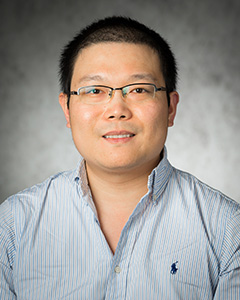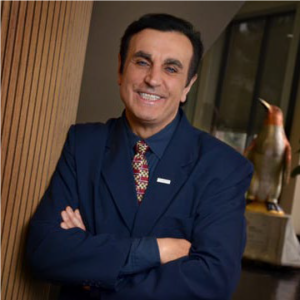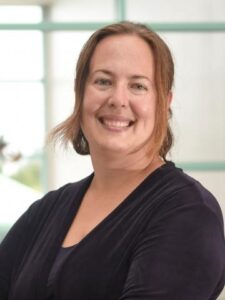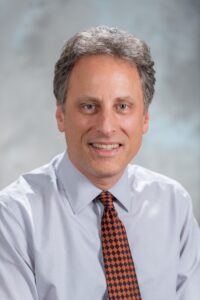
http://s.uconn.edu/meseminar3/26/21
Abstract: Microneedles enable minimally invasive access to the body interior. This access can be used to administer drug formulations to precise locations in the skin or the eye, and can be used to access interstitial fluid in the skin. Three applications of microneedle technology will be discussed.
Our first project is motivated by the need for improved drug delivery to the skin, especially for dermatological indications. Building off work with microneedle patches that employ micron-scale, solid needles to administer drugs and vaccines to the skin, we developed particles with microscopic needles that painlessly create micropores upon rubbing onto the skin. These STAR particles dramatically increased skin permeability, enabling, for example, improved treatment of melanoma with topical drug (5-fluorouracil) in the mouse.
Our second project is motivated by an interest in sampling tissue interstitial fluid (ISF) as a novel source of biomarkers. Because ISF is hard to collect, we developed a method to sample ISF from human skin through micropores created by microneedles. We identified valuable and sometimes unique biomarkers in ISF collected from human participants when compared to companion plasma samples based on mass spectrometry analysis, which can facilitate research and enable new diagnostic tests. Because ISF does not clot, biomarkers in ISF could be continuously monitored.
Our third project is motivated by the need for improved glaucoma treatments. We developed a method to inject a crosslinked hyaluronic acid hydrogel into the suprachoroidal space of the eye using a hollow microneedle. As a drug-free, non-surgical technique, we were able to reduce intraocular pressure in rabbits for four months after a single injection by a mechanism believed to involve increased flow of aqueous humor from the eye due to expansion of the suprachoroidal space.
These are examples of how microneedle technology can be used for a diversity of applications with the common theme of accessing a specific location in the body with sub-millimeter precision using a low-cost, simple-to-use technology.
Biographical Sketch: Mark Prausnitz is Regents’ Professor and J. Erskine Love, Jr. Chair of Chemical & Biomolecular Engineering at the Georgia Institute of Technology. He earned a BS degree from Stanford University and PhD degree from MIT, both in chemical engineering. Dr. Prausnitz and colleagues carry out research on biophysical methods of drug delivery using microneedles, lasers, ionic liquids and other microdevices. Their research focuses on transdermal, ocular and intracellular delivery of drugs and vaccines. Dr. Prausnitz teaches an introductory course on engineering calculations, as well as two advanced courses on pharmaceuticals. He has published almost 300 journal articles and has co-founded five start-up companies including Micron Biomedical and Clearside Biomedical.
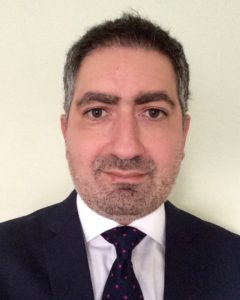
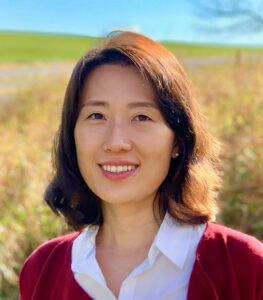
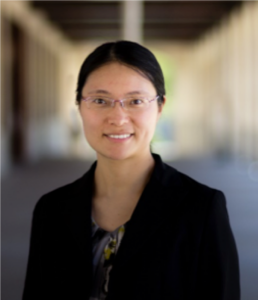
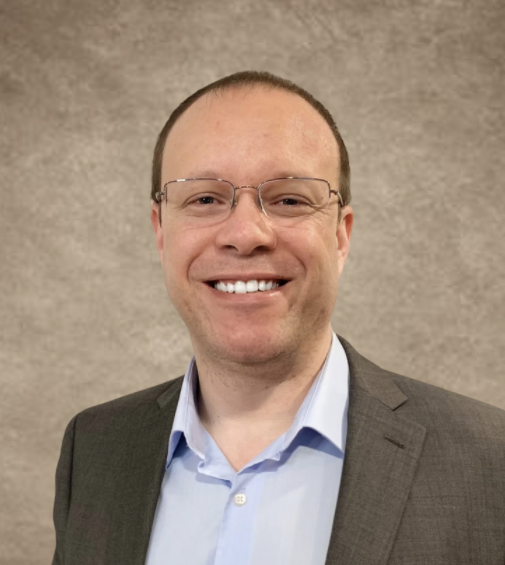 Prof. Julian Norato has received a new ARPA-E grant to study Topology Optimization and Additive Manufacturing for Performance Enhancement of High Temperature and High Pressure Heat Exchangers.
Prof. Julian Norato has received a new ARPA-E grant to study Topology Optimization and Additive Manufacturing for Performance Enhancement of High Temperature and High Pressure Heat Exchangers. 
